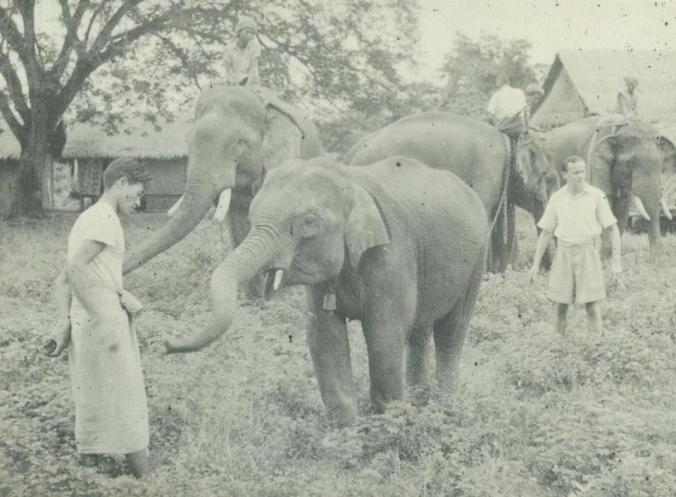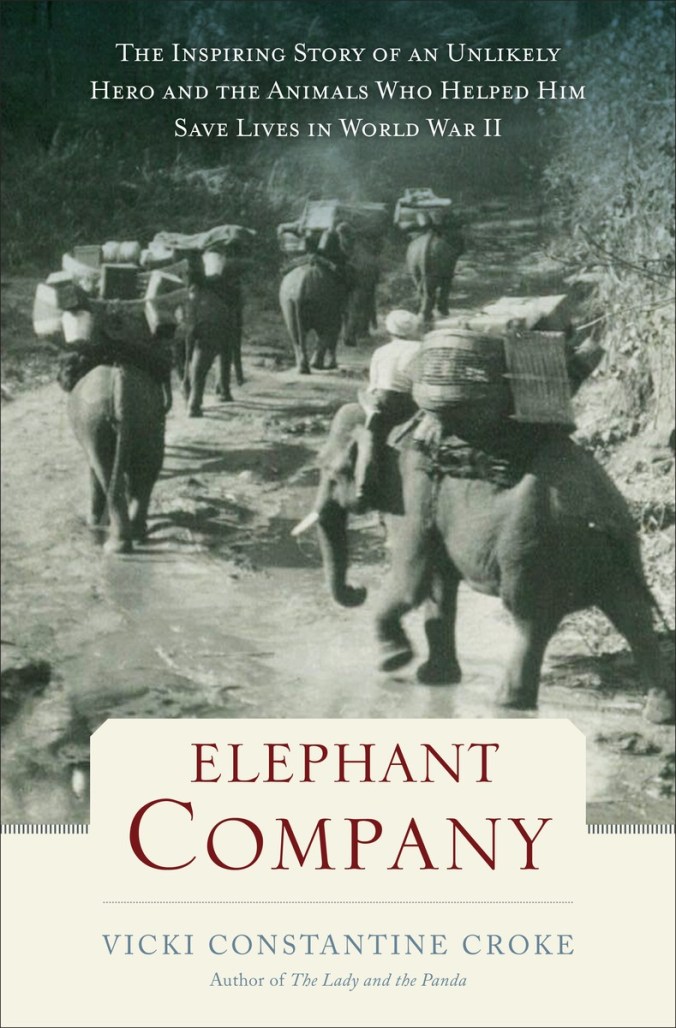In the New York Times this book is currently reviewed by Sara Gruen, reminding us of the elephants all around us in Kerala, where there is a long history of domestication. At the Periyar Tiger Reserve, where Cardamom County is situated, there is a hint of the domesticated variety on the outskirts of the Reserve, but a large healthy population of the wild form persists inside the Reserve.
They are also in Ghana, surrounding Zaina Lodge’s perch. We have greater interest in elephants in their natural habitat. Wild. Still roaming freely, with all the messy and dangerous realities that sometimes involves. At the risk of trivializing a tough subject with trite, cliche phrasing, elephants have been friends to humans during times of need (friends in the sense that they saved lives, that is in terms of their impact, not necessarily a reflection of their own volition). It seems only fair that we should return the favor, when we look at the challenges facing elephants in today’s world. The Boston Globe has this to say by way of book review:
…Blending biography, history, and wildlife biology, Croke builds her story around Williams’s exotic adventures. As the book opens, Williams, an English World War I veteran, is just arriving in Burma in the 1920s to work in the Bombay Burmah Trading Corp.’s teak-harvesting operations. It was a lucrative business that contributed to the Empire’s riches, one that took its toll on European recruits, who had to contend with malaria and other tropical maladies. Williams, however, took to the isolated, nomadic existence of the forest manager, traveling hundreds of miles on his rounds.

TREVE WILLIAMS J.H. “Billy” Williams was fascinated by the subtlety and strength of elephants’ complex social bonds.
It was a rigorous vocation, but the elephants who did the heavy lifting — dragging heavy teak logs; carrying men, supplies, and other goods — were a constant source of enchantment. An animal lover, Williams came to Burma with little knowledge of elephant behavior; by the time he left, he was a world-renowned expert. Croke’s account of Williams’s elephant education forms the heart of her episodic and anecdotal book. He was a keenly observant fellow, who fell in love with the social rituals of elephants, the bonds between mothers and offspring, their intricate vocabulary of subsonic rumblings, squeaks, and grunts, and the ways they expressed emotions.
“Living day by day with elephants,” Croke writes, Williams “absorbed their deeper more philosophical cues. In fact, he discovered in them the virtues he would work to develop in himself: courage, loyalty, the ability to trust (and the good sense to know when to be distrustful), fairness, patience, diligence, kindness and humor.” In fact, Williams once told a reporter that he’d “learned more about life from elephants than I ever did from human beings.”
Animal behavior fascinates Croke, and two-thirds of her book is devoted to Williams’s experiences with elephants and the complex interplay between him, their Burmese handlers, called “uzis,” and the elephants themselves, who are enthralling characters in their own right.
Perhaps none was more captivating than Bandoola, an impressive tusker (male bull), who Williams revered. Distinctive and distinguished, Bandoola was loyal, but possessed of a unique personality. (He was also a bit of a mischief-maker — he once broke into a supply shed and sucked down “an untold amount of dry rice with his trunk.” The gallons of water sipped afterward made it a recipe for digestive havoc. (I have also read elsewhere that Bandoola once went to town in a pineapple grove, ate 900 fruits, and contracted acute colic, but Croke does not report this further bit of indigestion.) Bandoola and Po Toke, the Burmese handler who raised him, inspired Williams to reform the way elephants were deployed in the logging operations. Culling elephants from the wild could be a brutal process, but Williams implemented gentler methods that benefited both elephant and human alike…
Read the whole review here.
